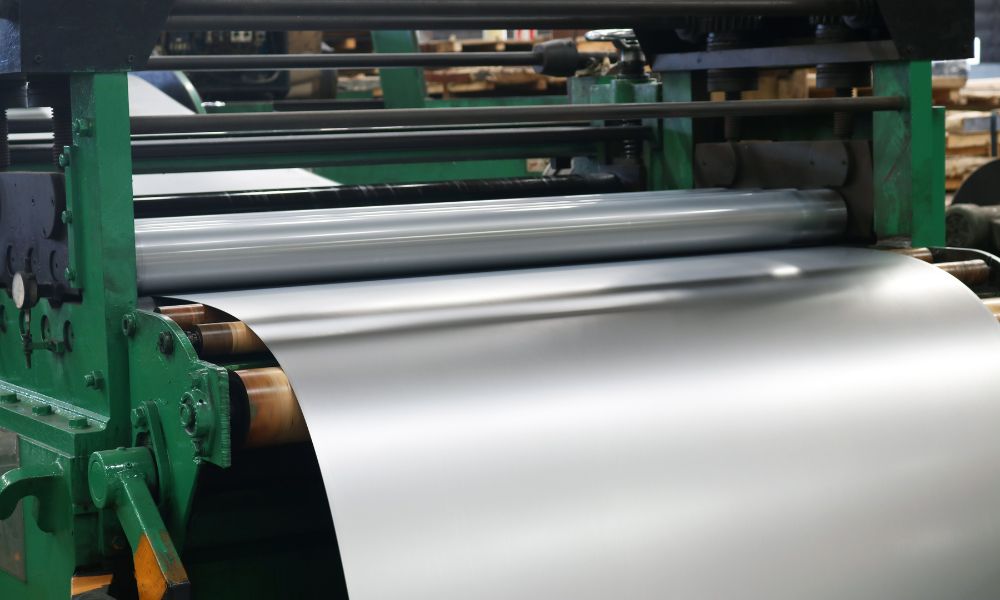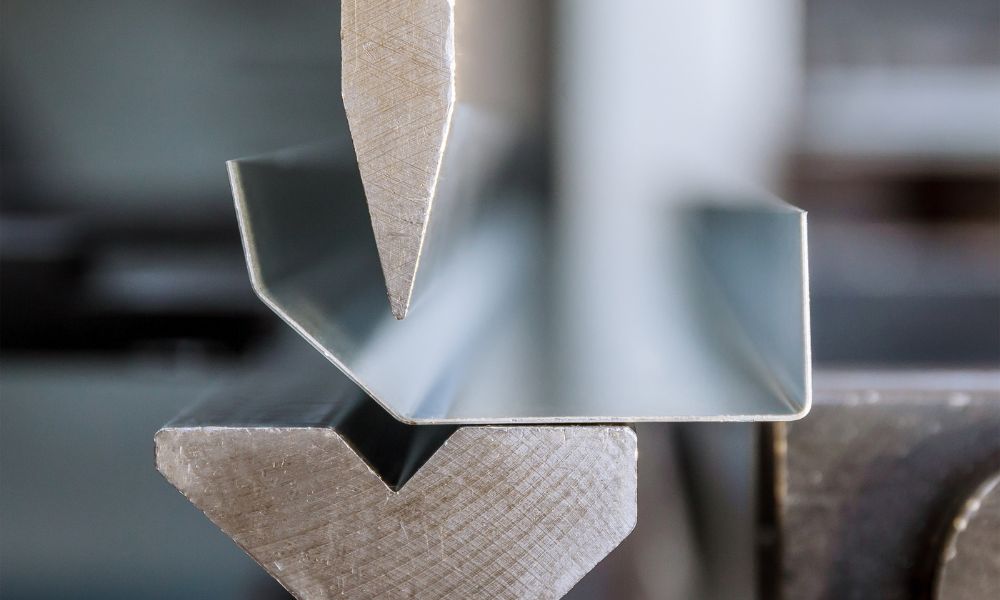How Stainless Steel Sheets Are Used in the Food Industry
Leave a Comment
The food industry, a behemoth of tastes, textures, and health regulations, has found an unwavering ally in the gleaming panels of stainless steel. This alliance isn’t just about sparkle; it’s a testament to the durability and strength that stainless steel provides for the entire industry. Find out how stainless steel sheets are used in the food industry below.
Hygienic Surfaces That Meet the Highest Sanitation Standards
When it comes to food preparation and production, cleanliness is the golden rule. Stainless steel sheets shine brightest here, offering surfaces that bacteria dread. Their nonporous nature means that spills, splatters, and smears have nowhere to hide.
Whether it’s the chopping block at a bustling restaurant or the expansive counters of a food processing plant, stainless steel protects against germs and contaminants. It helps cleanliness reign supreme.
Creating Durable Processing Equipment and Machinery
Stainless steel sheets are the material of choice for food processing equipment and machinery. From mixers to grinders, these metallic marvels resist wear and tear and withstand the rigorous demands of daily use.
Unlike other materials that might crack under pressure or corrode during chemical reactions, stainless steel holds its ground. Thanks to this durable metal alloy, your machinery will keep running smoothly and efficiently.
Manufacturing Corrosion-Resistant Storage Solutions
When storing perishables or potent ingredients, the food industry turns to stainless steel for solutions that withstand time and temperature. Stainless steel sheets can become corrosion-resistant containers and vats, creating an impervious fortress against the elements.
These storage solutions keep food safe, preserve the purity of flavors, and protect against contamination, maintaining food quality from storage to serving.
Helping With Food-Grade Transportation and Packaging
The journey from farm to table is full of potential pitfalls. Thankfully, stainless steel sheets keep everything running smoothly, specifically in the transportation and packaging sectors.
Containers and storage units that use this material protect food against environmental hazards and contamination during transit. This protection is especially important since freshness and hygiene are nonnegotiable for food products.
Creating Intricate Equipment and Unique Design Solutions
Stainless steel sheets provide a playground for innovation and intricate design in the food industry.
Customized equipment tailored to specific culinary tasks, artistic installations in dining establishments, and ergonomic designs that enhance efficiency are all possible thanks to the versatility and workability of stainless steel.
This material doesn’t just solve problems; it inspires solutions that are as elegant as they are effective.
Stainless steel sheets help shape the narrative of strength, sanitation, and innovation within the food industry. As the industry continues to evolve, stainless steel’s role only grows, highlighting the importance of finding stainless steel sales from trusted suppliers like Thin Metal Sales.
Our stainless steel sheets are used in the food industry to maintain the integrity and efficiency of food production and presentation. Contact us today to learn how our quality products have become the unsung heroes of food businesses nationwide.
The Different Types of Sheet Metal Fabrication Techniques
Leave a Comment
The world of sheet metal fabrication isn’t as scary as it appears. In fact, without this process, society would have a difficult time meeting its basic needs. Workers use various techniques to shape and manipulate metal sheets into their desired form, from bending to welding. Let’s explore the different types of sheet metal fabrication techniques that turn metal into a treasure trove for creative and practical projects.
Bending
Bending is a fundamental technique in which workers bend sheet metal along a straight axis to form angles or curves. They accomplish this goal using specialized equipment like press brakes or rollers, which allows for precise manipulation of the metal’s shape.
Cutting
Metal cutting involves removing excess material from a metal sheet to achieve the desired size or shape. Workers commonly use techniques like laser cutting, plasma cutting, or water cutting to cut through metal of varying thicknesses precisely and efficiently.
Punching
Punching is a method for creating holes or other geometric shapes in a metal sheet. This process typically involves using a punch and die set, where the punch applies force to penetrate the metal sheet, leaving behind the desired shape.
Shearing
Shearing is the process of cutting straight lines on a metal sheet using shear blades. It often helps trim the edges of the sheet or separate the sheet into smaller pieces with clean, straight cuts.
Stamping
Stamping involves pressing a metal sheet against a die to form specific shapes or patterns. Workers use this technique to mass-produce intricate designs or add logos and labels to metal components.
Welding
Welding is the process of joining two or more metal pieces together using heat and pressure. It’s essential for fabricating large structures or assemblies from metal sheets, providing strength and stability to the final product.
The world of sheet metal fabrication is vast and diverse, offering multiple techniques to transform raw metal sheets into functional components and artistic creations. Whether bending, cutting, punching, shearing, stamping, or welding, each technique plays a crucial role in bringing ideas to life.
So the next time you’re searching for steel and metal sales near you, consider what’s possible with Thin Metal Sales. Our different sheet metal fabrication techniques will provide you with the perfect metal for your newest project.

